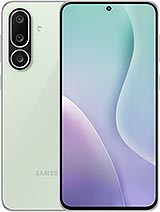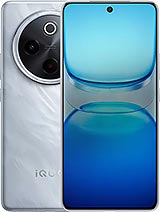iQOO Z10 alternatives
Tap above to see alternatives.
Lava Agni 3 alternatives
Tap above to see alternatives.
1x2.5 GHz Cortex-A720
3x2.4 GHz Cortex-A720
4x1.8 GHz Cortex-A520
4x2.5 GHz Cortex-A78
4x2.0 GHz Cortex-A55
8GB 256GB (UFS 2.2)
12GB 256GB (UFS 2.2)
8GB 256GB (UFS 3.1)
f/1.8, (wide), 1/1.95", 0.8µm, PDAF, OIS
2 MP
f/2.4, (depth)
(wide), 1/1.55", 1.0µm, PDAF, OIS
8 MP
(telephoto), 1.0µm, PDAF, 3x optical zoom
8 MP
112˚ (ultrawide)
1080p@30/60fps
1080p@30fps
f/2.0, (wide)
f/2.0, (wide), 1.0µm
SIM1: Nano, SIM2: Nano
SIM1: Nano, SIM2: Nano
FDD: N1, N3, N5, N8, N28
TDD: N38, N40, N41, N77, N78
FDD: N1, N2, N3, N5, N7, N8, N20, N28
TDD: N38, N40, N41, N66, N77, N78
FDD: N1, N3, N5, N8, N28
TDD: N38, N40, N41, N77, N78
FDD: N1, N2, N3, N5, N7, N8, N20, N28
TDD: N38, N40, N41, N66, N77, N78
In this comparison, the iQOO Z10 with the Qualcomm Snapdragon 7s Gen 3 (4nm) performs better than the Lava Agni 3 with the Mediatek Dimensity 7300 (4nm), thanks to its more efficient chipset.
The Lava Agni 3 offers 3 years of OS updates, while the iQOO Z10 provides 2 years. When it comes to security updates, Lava Agni 3 leads with 4 years of support.
Both phones feature AMOLED displays. They have the same 120 Hz refresh rate. iQOO Z10 also has a brighter display with 5000 nits, improving outdoor visibility. Notably, Lava Agni 3 has a higher resolution display, resulting in sharper visuals.
iQOO Z10 has a larger 7300 mAh battery for longer usage. iQOO Z10 supports faster wired charging at 90W.
iQOO Z10 offers better water and dust resistance with an IP65 rating.











